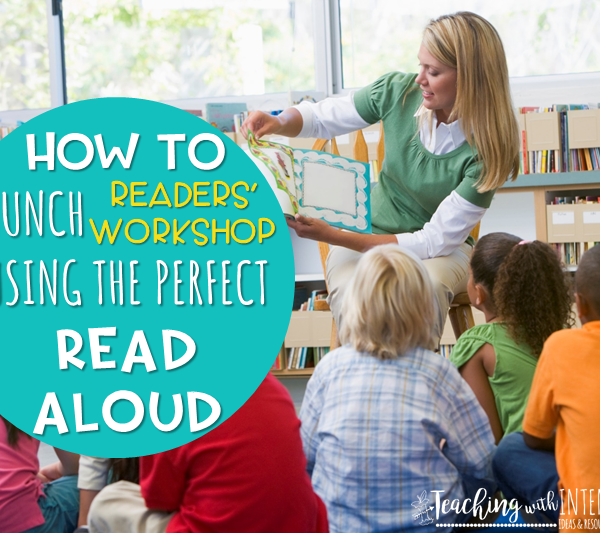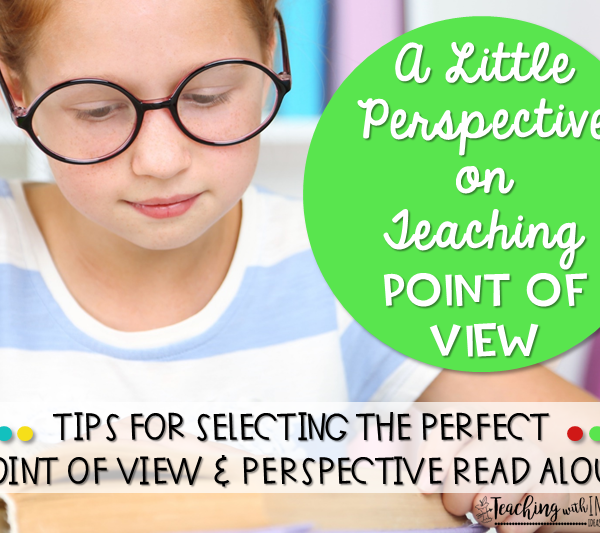Every teacher loves a great back-to-school read aloud. There are so many popular titles to use as springboards for first…
Read More
Read Alouds
Teaching Point of View
When we think about teaching point of view, we immediately think of 1st person or 3rd person. But this is…
Read More



